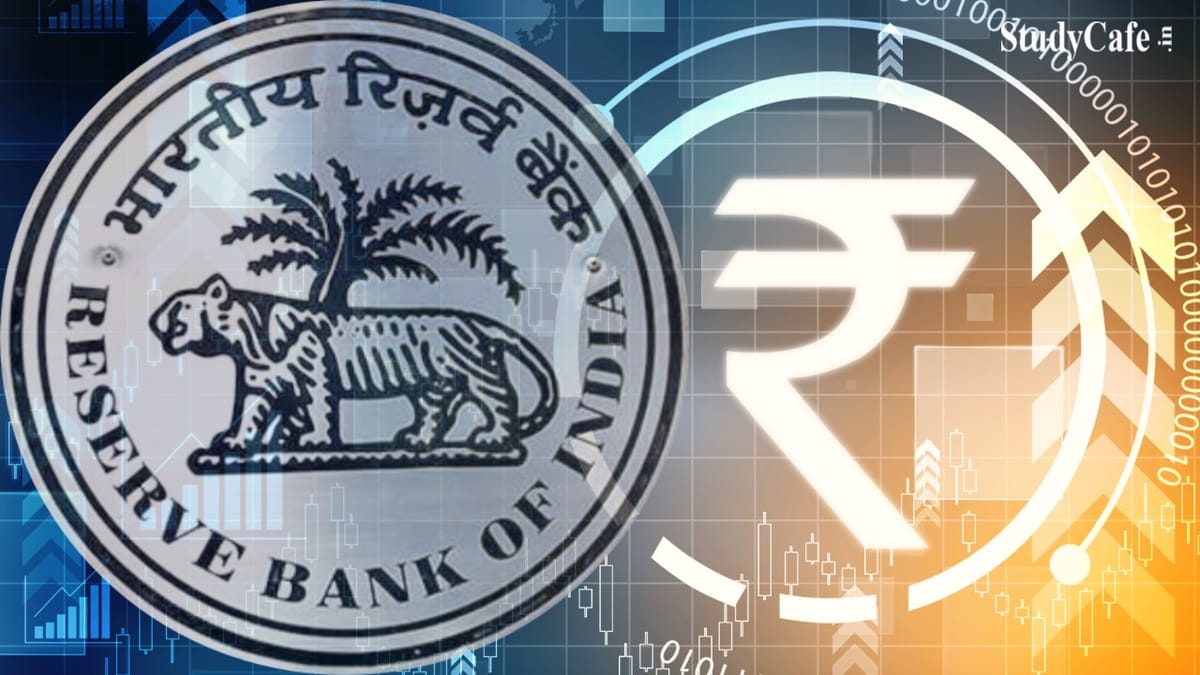Deepshikha | Mar 28, 2022 |

Everything You Need to Know About RBI’s Digital Currency
In her Union Budget 2022 speech, Finance Minister Nirmala Sitharaman revealed that India would acquire its digital currency, the Digital Rupee. The currency will be supported by the central bank and will come with several advantages. It will use the same blockchain technology that Bitcoin and other cryptocurrencies use. The Digital Rupee, on the other hand, is expected to be unique and can be used as legal money, thereby boosting the country’s digital economy. Here’s a fast rundown of all we know about the Reserve Bank of India’s digital currency, the Digital Rupee.
The Digital Rupee would be launched in India in the fiscal year 2022-23, according to Finance Minister Nirmala Sitharaman. While no exact date has been set, according to LiveMint, the digital currency is expected to launch in early 2023. According to the report, the Digital Rupee will be similar to any of the currently available crypto exchange wallets, except that it will be a sovereign-backed facility, citing a top government source.
The Reserve Bank of India will issue the Digital Rupee, which will be a central bank digital currency (CBDC). According to Finance Minister Nirmala Sitharman, it will run on the blockchain, which is a digitally distributed, decentralised ledger (a record book for every transaction), as well as ‘other technology.’
CBDC will be the same as the central bank’s fiat currency, according to the RBI’s website. It will, however, take a different shape than paper (or polymer). Like Bitcoin, Ethereum, and other altcoins, the Digital Rupee will most likely be housed in a ‘digital wallet’ programme, which means you won’t be able to see or handle it in your hands.
To begin with, the Digital Rupee will be legal money in India and would be exchangeable for cash. Other digital currencies, such as Bitcoin and Ethereum, have yet to achieve this level of recognition. In addition, unlike private digital currencies, the Digital Rupee will be backed by a central bank, ensuring that its value is secure. It will be a sovereign currency in electronic form that will appear on a central bank’s balance sheet as a liability (currency in circulation).
“Private virtual currencies sit at substantial odds with the historical concept of money. They are not commodities or claims on commodities as they have no intrinsic value. Some claims that they are akin to gold seem opportunistic. Usually, certainly for the most popular ones now, they do not represent any person’s debt or liabilities. Further, there is no issuer of private virtual currencies. They are not money (certainly not currency) as the word has come to be understood historically,” RBI has said.
As a virtual currency, the Digital Rupee, or CBDCs, is supposed to be more efficient and simple to distribute. The idea isn’t new, and it’s already being used in several countries. Although it is still in the pilot stage in certain countries, it offers a wide range of applications. Central banks, for example, find it easier to issue electronic cash than real currency.
CBDC, according to the RBI, will reduce financial system settlement risk. As a result, interbank settlement is no longer required. It would also allow for more real-time and cost-effective globalization of payment systems without the use of a middleman. An Indian importer might simply pay its American exporter in digital Dollars on a real-time basis using CBDC at any moment. In such global transactions, time zone differences will no longer be an issue. The cost of transactions for cross-border payments would also be reduced. Employees can receive a portion of their income in a digital rupee, which will result in lower transaction fees.
CBDC will also contribute to the country’s green economy vision. It will most likely lessen our dependency on paper and plastic currency. As a result, fewer physical notes will be printed, and counterfeit currency will be reduced. Furthermore, it has been noted that central banks are experiencing a declining trend in the use of paper money, particularly since the COVID-19 pandemic. As a result, using virtual money will be more efficient.
A CBDC will also avoid the negative consequences of private cryptos, such as excessive volatility, fraud, and money laundering. It may also provide advantages in terms of scalability and liquidity. Financial institutions can use the Digital Rupe for speedier payments and lending, as well as programmable payments for subsidies, and it will be a significant step toward a cashless economy. CBDC adoption will also benefit India’s digital economy, comparable to the effects of UPI. The RBI can make use of existing infrastructure to speed up the launch and adoption of the digital rupee in India. We don’t have any definite details yet but expect to learn more in the coming months.
In case of any Doubt regarding Membership you can mail us at contact@studycafe.in
Join Studycafe's WhatsApp Group or Telegram Channel for Latest Updates on Government Job, Sarkari Naukri, Private Jobs, Income Tax, GST, Companies Act, Judgements and CA, CS, ICWA, and MUCH MORE!"